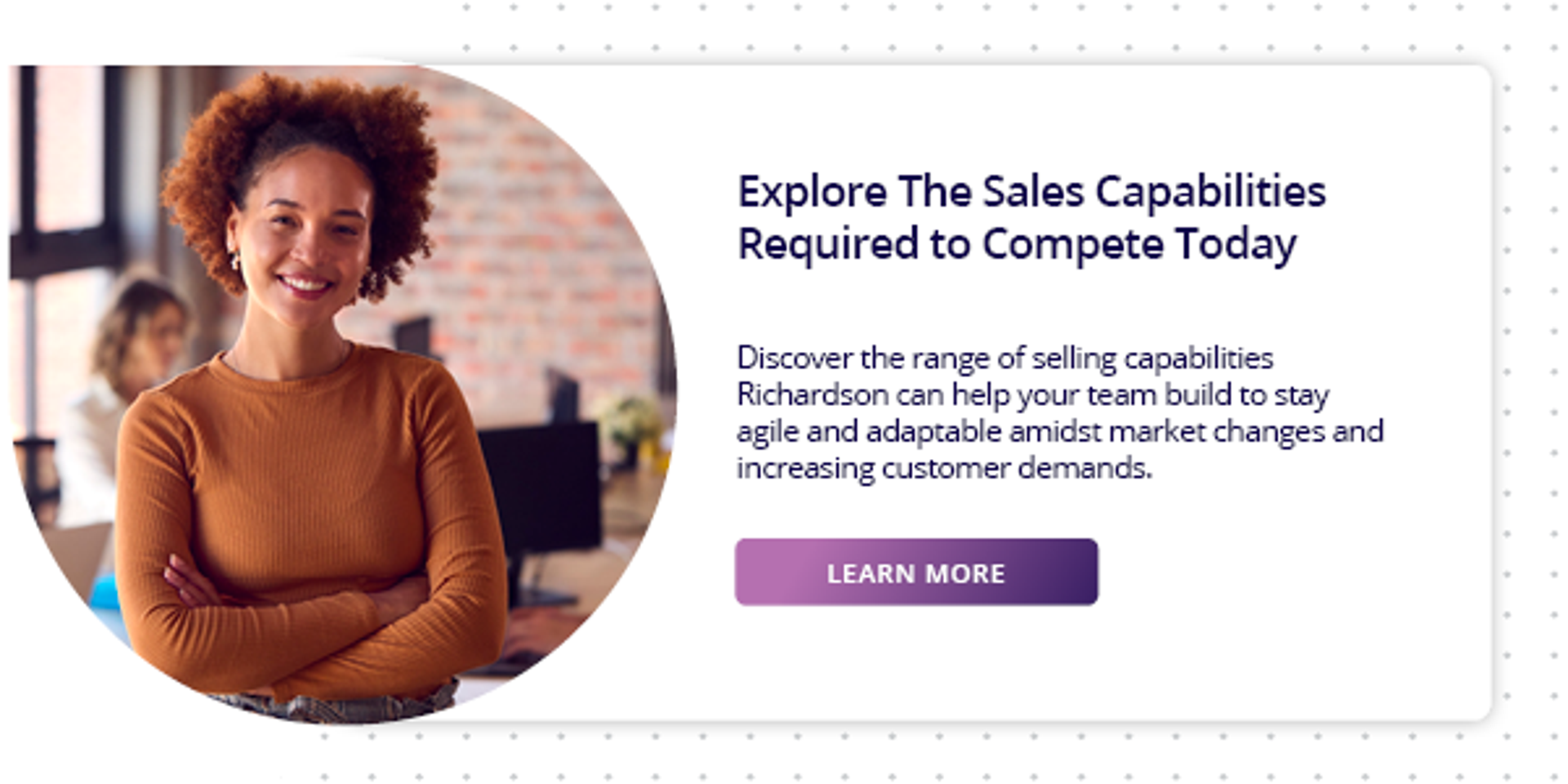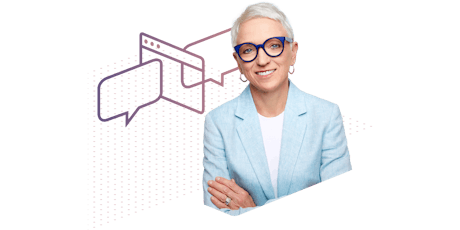7 Sales Enablement Roles for Building the Ideal Team Structure
Sales enablement

Most of today’s sales challenges are a result of evolving customer behaviors and expectations, technological advancements, and shifts in the business landscape.
A high-powered Sales Enablement team can help address these challenges by providing sellers with the right sales enablement framework, knowledge, content, resources, and tools they need to be effective in their role.
But how do you create the ideal sales enablement team structure?
While there’s no one-size-fits-all sales enablement team structure there are seven roles essential to high-performing teams these are:
- Sales Enablement Leader
- Content Specialist
- Training and Development Manager
- Sales Technology Manager
- Sales Coach
- Performance Analyst
- Cross-functional Collaboration Manager
In this article, we’ll take a closer look at some example job titles and the responsibilities of each of these roles.
Sales Enablement Leader
A Sales Enablement Leader is responsible for the development and execution of a sales enablement strategy that improves revenue generation by increasing sales efficiency and effectiveness.
Their responsibilities include:
- Understanding and aligning sales enablement efforts with the organisation’s overall business strategy and sales objectives to ensure the team's efforts directly contribute to the company's goals and bottom line.
- Developing a clear, well-defined strategy and action plan outlining how the team will support the sales process, align sales and marketing efforts, and evaluate sales performance data and trends to determine when to course correct.
Content Specialist
Content Specialists focus on creating, organising, and maintaining a robust library of high-quality sales content and collateral that aligns with organisational goals and initiatives.
Their responsibilities include:
- Ensuring content is relevant, up-to-date, logically organized, and easily accessible so sales team members have the right content at each stage of the buyer's journey to effectively engage prospects and customers.
- Curating a wide range of customer-facing literature like product guides, informational blogs and articles, customer case studies, testimonials, sales playbooks, training materials, sales presentation templates, and trade show materials.
- Providing standardised templates, best practices job aids, and tools to help sellers save time on routine tasks, enabling them to focus more on building relationships and closing deals.
Training and Development Manager
Training and Development Managers are responsible for the design, development, and delivery of sales training curricula for both onboarding new hires and the continued learning and skill-building of tenured team members.
Their responsibilities include:
- Continually assessing and refining the training curriculum to ensure sales team members have the right information, right tools, and the right skills to cultivate and strengthen customer relationships and achieve organisational goals.
- Providing continuous learning opportunities and training sessions to enhance sales skills, product knowledge, and understanding of the market enables sales team members to adapt to and remain competitive in the ever-changing sales landscape.
Sales Technology Manager
The Sales Technology Manager is responsible for implementing, integrating, and optimising the organisation’s CRM system and various sales tools and technologies used by the sales team.
Their responsibilities include:
- Ensuring the sales team has access to and can effectively use the necessary technological resources to streamline sales processes and workflows.
- Identifying the most critical needs for technology within the organizsation to ensure technology investments are aligned to support organisational goals.
- Analysing data to provide insights for enhanced organisational and team decision-making.
Sales Coach
Sales Coaches provide ongoing and personalised coaching and feedback to support performance improvement.
Their responsibilities include:
- Providing individual sales coaching to help sellers enhance specific skills, remove organisational roadblocks, and adjust opportunity pursuit plans to get deals over the line.
- Assigning peer mentors to foster collaboration and knowledge sharing. This responsibility is especially important for supporting new team members.
- Building individual team member confidence and motivation.
Performance Analyst
A Performance Analyst tracks and analyses sales team performance, processes, and data.
Their responsibilities include:
- Providing data-driven insights to enhance sales team productivity and performance, forecast accuracy, and fine-tune sales strategies.
- Conducting ROI analysis to measure the effectiveness of sales enablement initiatives and demonstrate their impact on revenue.
Cross-Functional Collaboration Manager
Cross-functional Collaboration Managers enable knowledge sharing and cooperation between sales enablement and other internal teams and departments.
Their responsibilities include:
- Bridging gaps between sales and other departments to ensure alignment with marketing, product, and customer support.
- Facilitate communication within the sales enablement team and keep stakeholders informed about initiatives.
The Sales Enablement Team’s Role in the Organisation
Sales Enablement teams do not work in a vacuum. Strong collaboration between key departments of the organisation is essential.
Sales enablement should act as a bridge between sales and marketing, ensuring alignment, sharing insights, and delivering materials that support both the sales team’s needs and the marketing strategy.
Additionally, collaboration between sales enablement, customer support, and account management teams helps facilitate smoother handoffs between sales, account management, and customer support leading to greater customer satisfaction and retention.
A well-structured sales enablement team is essential for driving sales growth, improving efficiency, fostering a cohesive sales and marketing strategy, and ensuring sales professionals are equipped with the necessary skills and resources to succeed in a competitive market.

Article: How to Make Sales Enablement a Force Multiplier of Productivity
Learn the three ways to drive productivity with better sales enablement for a strong competitive advantage.
DownloadGet industry insights and stay up to date, subscribe to our newsletter.
Joining our community gives you access to weekly thought leadership to help guide your planning for a training initiative, inform your sales strategy, and most importantly, improve your team's performance.
















